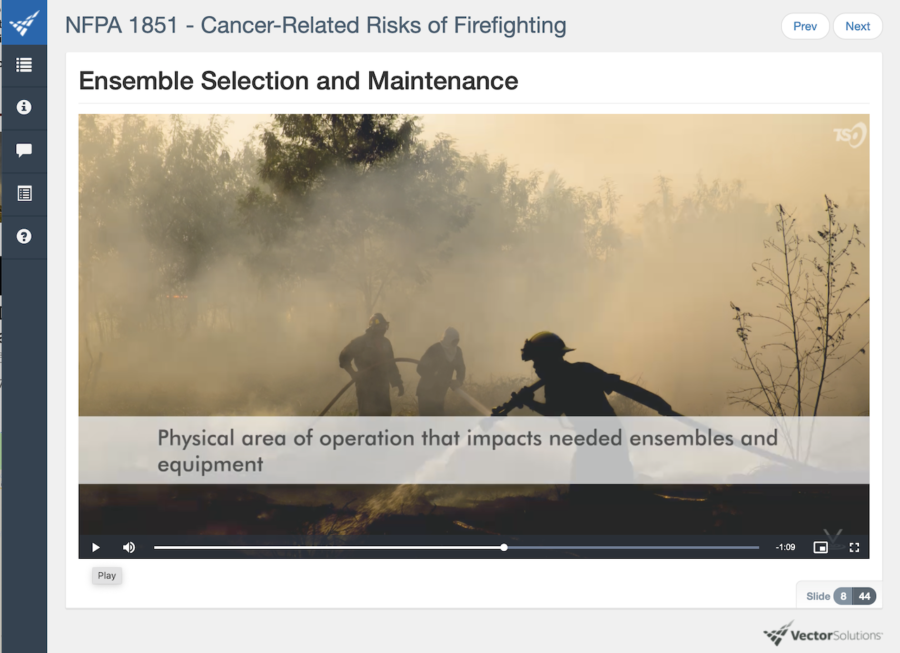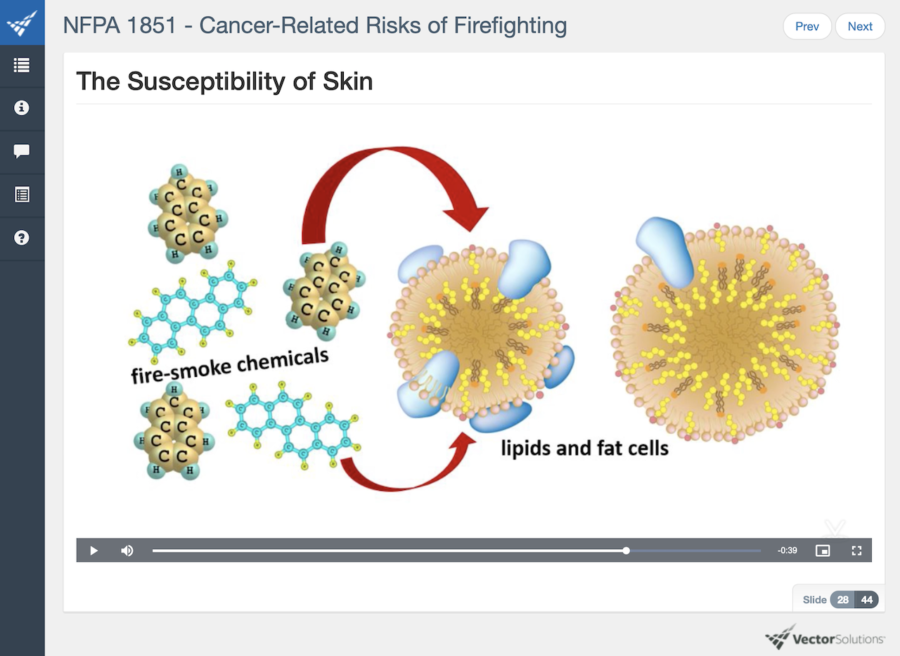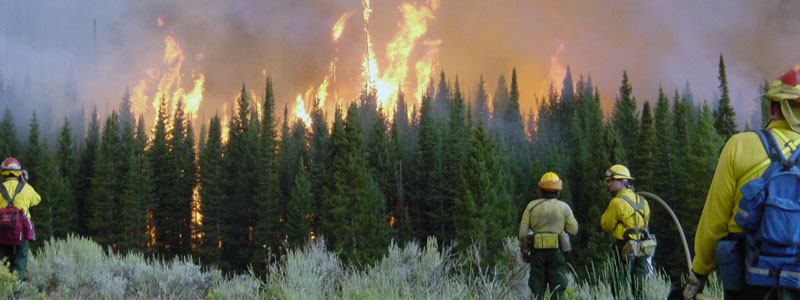Finding time and priority for our health is key for firefighters and fire managers. This week, we offer four activities for you to pick and choose or preferably quadruple-up, starting with two online meetings on Jan. 26 that will highlight initiatives to improve firefighter working conditions.
(1) On Thursday Jan. 26, 1 pm EST, Fire Engineering and Vector Solutions will host a webinar with Chief Todd LeDuc (Ret.), Chief Strategy Officer for Life Scan Wellness Centers, and Frank Leeb, Deputy Assistant Chief with FDNY, on “The Impact of Occupational Cancer: How to Reduce Exposure & the Role of Early Detection.”
The announcement notes that “The International Agency for Research on Cancer (IARC) recently updated its classification of the firefighting occupation to Group 1, ‘carcinogenic to humans,’ after conducting a new international study that found sufficient evidence linking cancer risk to the occupation. The danger is real, but there are strategies and resources that can reduce risk, enhance survival, and support firefighters.”
(2) Later on Thursday (and on Pacific Time), the Grassroots Wildland Firefighters offer their quarterly update starting at 5:30 pm PST. Register here or find out more at their home page at www.grwff.com. This quarter’s updates will likely discuss recent legislation concerning preemptive cancer coverage in the Federal Firefighters Fairness Act and other Grassroots WFF initiatives, as well as the announcement by outgoing president Kelly Martin of the incoming board, which features Luke Mayfield – President, Riva Duncan – Vice President, Bobbie Scopa – Secretary, and Jami Egland – Treasurer. Kudos to Martin’s work with GRWFF and wishing for continued success to the new board.
(3) In related health news, this past week the U.S. Fire Administration announced the pending opening of the National Firefighter Registry. https://www.usfa.fema.gov/blog/ci-011723.html.
As the USFA notes, “By adding your information to the National Firefighter Registry (NFR), you can help researchers better understand how your work affects the risk of getting cancer and how to lower this risk. According to National Institute for Occupational Safety and Health (NIOSH) research, cancer is a leading cause of death among firefighters, and research suggests firefighters are at higher risk for certain types of cancers when compared to the general population.”
A direct link to the NIOSH NFR website is at https://www.cdc.gov/niosh/firefighters/registry.html. Initially the Registry was anticipated to open this past fall; it’s now scheduled to open this winter for confidential sharing of cancer diagnoses and work histories. As the NFR notes, “The more firefighters who sign up for the registry through its secure web portal, the more information researchers will have to learn about cancer in the fire service and how to protect firefighters from developing cancer in the line of duty.”
(4) Finally, a reminder –- there’s an opportunity to learn more of cancer and PTSD risks while adding a cancer/health donation. See our article Share a few hours for cancer awareness (and help fund our profession’s response) for more – and if you need an extra incentive, remember that the Vector-Solutions sponsored donation deadline is Jan. 31.




